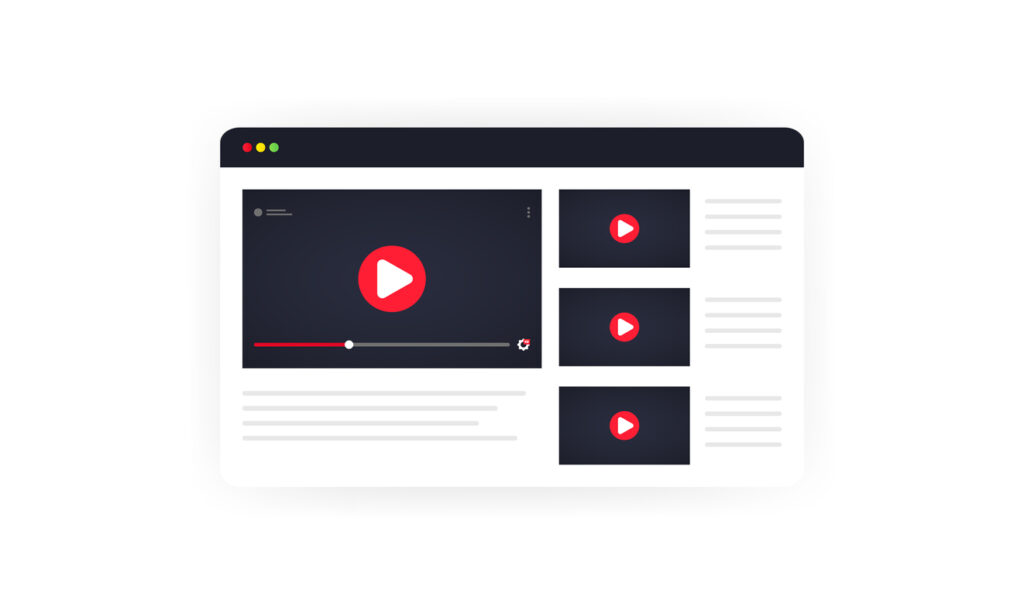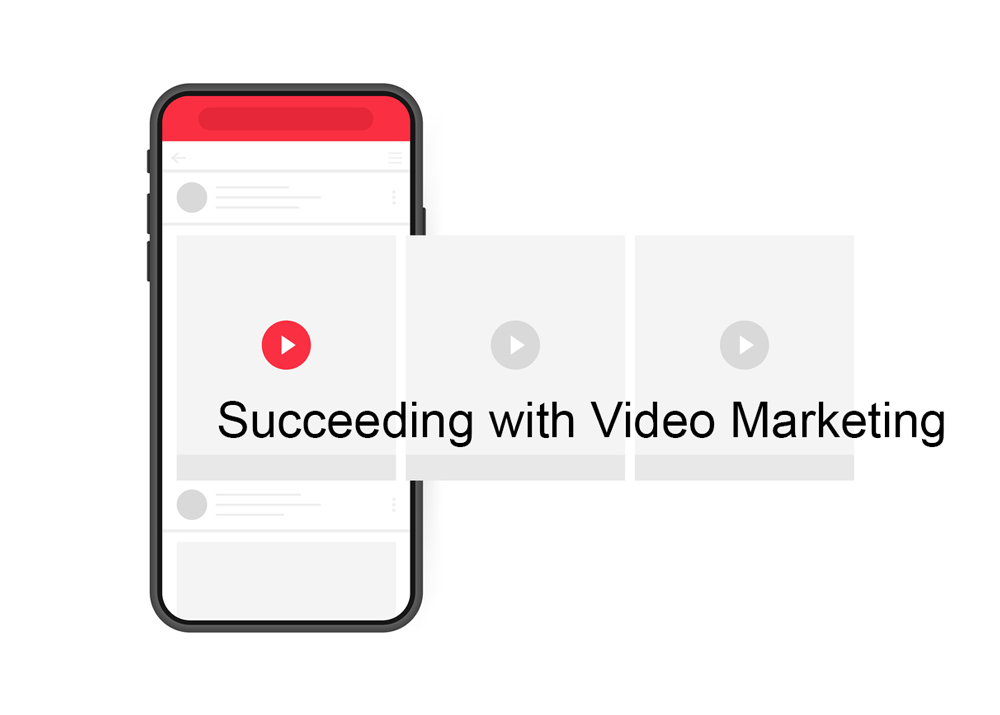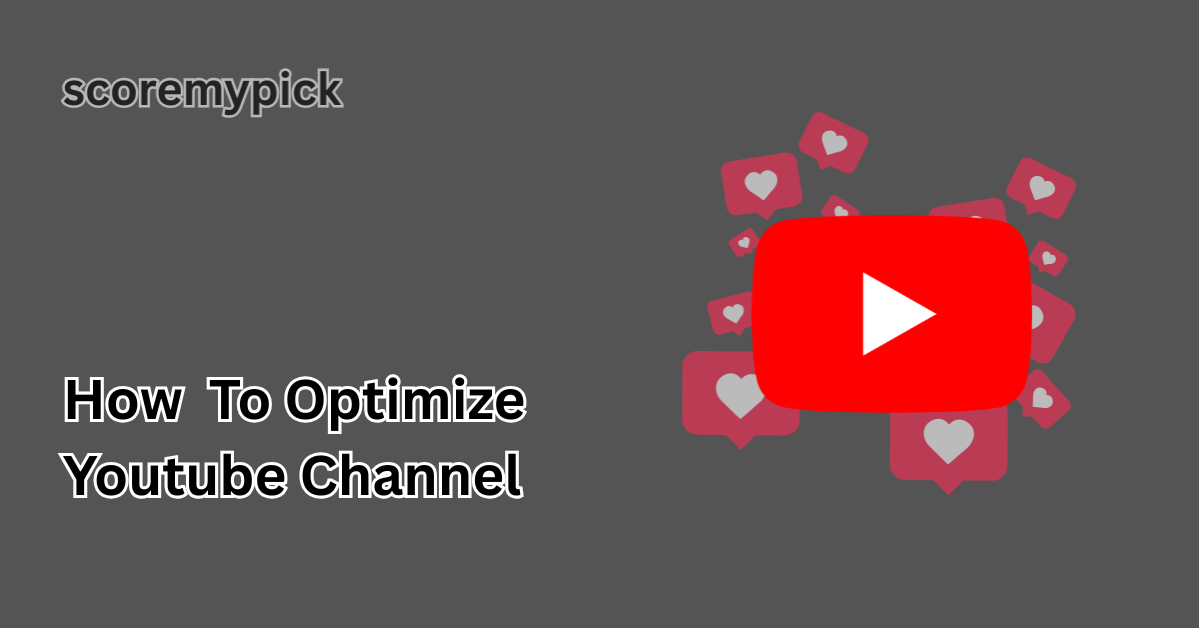YouTube is no longer a video site but an entire search engine, a content discovery destination, and one of the most effective assets in the creation of a personal or business brand. Competition is stiffer than ever, with more than 2.7 billion monthly users in 2025. No longer can the bolstering of random videos and posting them without a particular plan work.
To succeed in this environment, you must streamline your YouTube channel like a professional, not only your videos, but all aspects, such as branding your channel and watch-time strategies.
This guide will take you through the most effective optimization strategies in the year 2025, that is supported by the latest signals in the algorithms, data-driven understanding, and content strategy based on SEO.
Regardless of whether you are a creator, a brand, or a tech reviewer, the following steps will make it easier to be ranked higher, grow faster, and create a loyal audience.
What “Optimize Your YouTube Channel” Means in 2025
YouTube optimization in 2025 is much more than the addition of keywords or a proper description. The algorithm of the platform has become more intelligent and is aiming more at audience engagement, the structure of the content, and the authority of the creators.
To optimize your channel, it is necessary to make it simple to understand your niche, type of content, and value to the viewers and the YouTube algorithm. The following are the pillars of optimization of modern YouTube channels:
- Clear Niche Positioning: YouTube rewards creators who focus on one or two strong topics. Channels with mixed or confusing content usually face slower growth.
- SEO + Search Intent: Using keywords alone isn’t enough. You must target search intent — meaning your titles, thumbnails, and descriptions should match what users are actually looking for.
- Engagement Over Clicks: In 2025, watch time, retention, and interaction rates (likes, comments, shares) carry more weight than simple views.
- Consistent Upload Schedule: YouTube’s algorithm values active channels. Consistency matters more than daily uploads. A 2–3 uploads/week schedule works best for most niches.
- Smart Metadata Structure: Titles, descriptions, tags, chapters, and closed captions help YouTube understand your content and push it to the right audience.
As per the recent reports made by the creators, channels with organized optimization are 2.5 times faster in terms of growth compared to those ones which use random uploads. You optimize and your videos do not simply sit on your channel, but they are shown in search, recommendations, and Shorts feeds, attracting new audiences every day.
In brief, channel optimization in 2025 would entail the creation of a system whereby each video has its purpose, every bit of information can serve as SEO, and your audience is always getting what they came to see.

Keyword & Content Research: Find Winning Topics and Search Intent
To rank your YouTube videos in 2025, it will not help to guess what to talk about – everything will depend on research. YouTube has become the second biggest search engine in the world, and the algorithm gives preference to videos that are aligned with high-intent keywords and popular user searches.
The initial channel optimization step is determining what your target market is searching for. This means that all videos will fit the actual search need, raising your likelihood of appearing on the first page of the YouTube search.
How to Do Keyword Research for YouTube in 2025:
- Use YouTube Autocomplete: Type your niche keywords in the search bar and note down suggestions. These are real search phrases users type daily.
- Leverage Tools: Platforms like TubeBuddy, vidIQ, and Ahrefs Keywords Explorer (YouTube mode) give search volume, competition level, and CTR predictions.
- Analyze Competitors: Check top-performing channels in your niche. Identify their most-viewed videos and keywords they use in titles, descriptions, and tags.
- Google Trends Integration: In 2025, the YouTube algorithm will increasingly connect with Google search trends. Topics trending on Google often trend on YouTube within 48 to 72 hours.
Best Practices:
- Target mid-level competition keywords for faster ranking if your channel is small or new.
- Focus on long-tail keywords like “best budget tech gadgets 2025” rather than just “tech gadgets.”
- Include keywords in title, description, tags, and spoken content — YouTube now uses voice-to-text AI to detect what’s said in the video.
- Create content clusters around one topic (e.g., Tech Reviews → Smartphones → Android Flagships 2025).
Pro Tip: Channels using keyword and content clustering grow their impressions by up to 160% faster than those uploading random topics. When your channel builds topic authority, YouTube starts recommending your content even outside search results.
Channel Setup & Branding: About, Playlists, Channel Keywords, and Visuals
Once you’ve identified your content direction, the next step is to build a strong channel foundation. Think of your channel as a website homepage — it should clearly communicate who you are, what you offer, and why viewers should subscribe.
Optimize Channel Metadata
- Channel Name & Handle: Keep it short, relevant, and keyword-friendly. Example: “TechTrends 2025” is better than “BestTechVideosByJohn.”
- About Section: Write a compelling 150–200-word description with your main keywords. For example: “TechTrends 2025 brings you daily reviews, comparisons, and tutorials on the latest gadgets and AI tools.”
- Channel Keywords: Add 5–15 targeted keywords in your channel settings that align with your niche. This helps YouTube understand your topic domain.
Build Strong Visual Branding
- Profile Picture & Banner: Use clean, high-resolution images that reflect your niche and brand.
- Intro & Outro: A short branded intro (under 6 seconds) creates a professional feel and improves retention.
- Thumbnails: Keep a consistent style and CTR-optimized design. Aim for a 6–10% click-through rate for healthy growth.
Use Playlists Strategically
Playlists aren’t just for organizing content — they help with SEO too. When users watch one video from a playlist, YouTube often auto-plays the next, boosting watch time and retention.
- Group videos by series or topic (e.g., “Best Laptops 2025,” “Gadget Comparisons,” “AI Tools for Creators”).
- Optimize playlist titles and descriptions with keywords.
Pro Tip: Well-branded and structured channels can increase subscription rates by up to 40% compared to unorganized channels. A polished look signals trust and professionalism, making viewers more likely to hit Subscribe.

Video Optimization: Titles, Thumbnails, Descriptions, Chapters & Tags
Here is where the algorithm does indeed encounter your content. You are not going to rank the video even in high quality without the video-level optimization.
In 2025, the YouTube platform will use metadata, engagement metrics and viewer intent to drive your content where and how. Having your titles, descriptions and thumbnails all correct can be the difference between 500 views and 500,000.
Craft Titles That Trigger Clicks and Rankings
- Keep your titles between 55–65 characters — short, punchy, and keyword-rich.
- Place the main keyword at the beginning of the title.
- Add emotional or action-driven words: “Best,” “New,” “Ultimate,” “2025 Update,” “Fast,” “Easy.”
- Example: “Best Budget Smartphones 2025 | Full Review & Camera Test.”
Design Scroll-Stopping Thumbnails
- Use contrasting colors and bold fonts.
- Feature faces or products for better engagement.
- Keep text under 6 words to maintain clarity.
- Aim for 6%+ CTR (Click-Through Rate). Top-performing creators often achieve 8–12% CTR.
Write Descriptions That Boost Discovery
- Include the main keyword in the first 2 lines — this part is visible in search results.
- Add 150–300 words with secondary keywords and related phrases naturally.
- Use timestamps, resource links, and CTAs (e.g., Subscribe, Website, Playlist).
Use Chapters and Tags Strategically
Chapters improve viewer experience and retention. Add clear timestamps like:
- 00:00 Intro
- 01:10 Main Features
- 03:45 Pros & Cons
- 05:30 Verdict
Tags have less weight than before, but still help. Use 5–10 highly relevant keywords only — avoid keyword stuffing.
Pro Tip: Creators who master titles, descriptions, and thumbnails see up to 3x more impressions in their first 24 hours. This is when YouTube tests your video with new audiences, so optimization here is crucial.
Upload Strategy & Format Mix (Long-form vs Shorts): Timing, Frequency, and Repurposing
In 2025, YouTube’s recommendation system has become format-aware — meaning it treats Shorts, long-form videos, and Live streams differently. A smart creator doesn’t just upload randomly; they build a balanced content calendar that matches how their audience consumes content.
Upload Frequency & Timing
- Ideal upload frequency for most niches: 2–3 times per week.
- Best posting windows (global average):
- Weekdays: 4 PM – 8 PM (local time)
- Weekends: 10 AM – 2 PM (local time)
Use YouTube Analytics “When your viewers are on YouTube” to personalize timing.
Shorts vs Long-form Strategy
- Shorts are powerful for discovery. They help you reach new audiences faster.
- Long-form videos build depth, trust, and watch time.
- A good mix: 60% long-form, 30% Shorts, 10% Live or Community posts.
- Example: Post two long-form reviews, one Shorts highlight, and one Live Q&A weekly.
Content Repurposing Power
- Convert long-form clips into Shorts or Reels-style teasers.
- Reuse key moments in highlight compilations to boost retention.
- Cross-promote Shorts in long-form descriptions to increase traffic loops.
Pro Tip: Channels using a multi-format content strategy grow 74% faster than single-format channels in 2025. YouTube’s algorithm now interlinks formats — meaning Shorts can directly drive subscribers to long-form content.
Engagement, Retention & Analytics: Watch Time, CTR, Retention Targets and Growth Hacks
There is nothing like uploading optimized videos; the game really starts when you press Publish. The algorithm of YouTube is more retention-based than ever in 2025 more retention based, with the amount of time spent on your videos and the direct engagement of the viewer with them directly affecting your ranking and reach.
When people watch, interact, and like it, YouTube will distribute your information to even more individuals. When they bounce too soon, your video will no longer be shown as suggestions. This is why you should consider engaging and retaining people in your main optimization strategy and not as an extra.
Key Engagement Metrics to Master
- CTR (Click-Through Rate): Aim for 6%–12% CTR. Thumbnails and titles play the biggest role here.
- Average View Duration (AVD): Strong channels target 50–65% retention for long-form content.
- Watch Time: Higher total watch time signals high-quality content. YouTube uses this to push videos into Suggested and Browse feeds.
- Engagement Rate: Likes, comments, and shares boost visibility. Even replying to comments within the first 2 hours can increase engagement by up to 30%.
Ways to Boost Engagement & Retention
- Hook fast: Grab attention in the first 7 seconds.
- Ask questions: “What’s your favorite gadget of 2025?” encourages comments.
- Use end screens and cards: Redirect viewers to your next video, increasing session time.
- Pin valuable comments: Keeps conversations active and visible.
- Storytelling structure: Build curiosity and suspense throughout the video — not just at the start.
Leverage Analytics Like a Pro
Your YouTube Analytics dashboard is a goldmine.
- Track traffic sources (Search, Suggested, Shorts feed) to see what works best.
- Check audience retention graphs to find where people drop off.
- Monitor subscriber growth per video to identify high-impact content.
- Run A/B tests with different titles or thumbnails to see what performs better.
Pro Tip: Creators who use retention analysis weekly grow their average watch time 2.3x faster. The more your audience stays, the more YouTube promotes your videos.
Final Thoughts
YouTube channel optimization is not a one-day event but a continuous growth strategy. The keyword research for visual branding, powerful metadata for intelligent upload arrangements, and each one of the steps is a momentum.
YouTube algorithm 2025 promotes clarity, regularity and connection with the audience. The algorithm will work to your advantage when the videos you are creating are easy to access, fun to view, and they are a part of a system that contains structured content, eliciting more impressions, new subscribers and revenue.
These measures can help you rise in the ranking, increase interaction, and evolve in a sustainable way, whether you are only beginning or developing a well-known brand. Keep in mind: Optimization is the basis of visibility, but value is the secret of retention. A mix of both is going to make your channel successful.
FAQs
Q1. What is the 30-second rule on YouTube?
The 30-second rule means your video must hook the viewer within the first 30 seconds. If viewers stay past this mark, YouTube counts it as a strong signal for quality and boosts its visibility.
Q2. How do I increase my YouTube channel growth?
Focus on keyword-rich content, eye-catching thumbnails, and consistent uploads. Combine Shorts and long-form videos, optimize retention, and engage actively with your audience to grow steadily.
Q3. How do you get 1000 subscribers on YouTube fast?
Target trending keywords, post high-value content consistently, and use strong CTAs to encourage subscriptions. Engaging thumbnails and community interaction can speed up the subscriber count quickly.
Q4. How to get 10,000 views on YouTube?
Optimize titles and descriptions, post at peak times, and use playlists to keep viewers watching longer. Promoting your content on social media and using Shorts can help reach 10K views faster.

